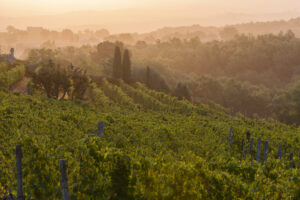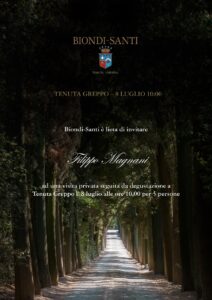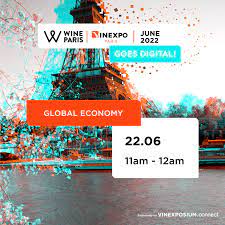On the rooftop of a building in Italy’s Reggio Emilia is ‘Via Maria 10’, which lays claim of being the world’s smallest vineyard. The vineyard is 200 square feet and produces 29 bottles of red wine per year, at a price of US $5,000/bottle, the vineyard’s owner, Tullio Masoni, advises not to drink the wine and you will see why.
Tullio Masoni, a former investment banker, turned winemaker and art collector, was inspired to create his own rooftop winery after selling a vineyard he inherited in the countryside surrounding Reggio Emilia, a decision he says he later regretted.
The wines are not sold via a website or in a wine merchant, but rather in a local art gallery located just a few blocks from the vineyard.
“My wine is a form of artistic expression, a philosophical provocation, something to keep in your living room so you can chat about it with your friends and tell them about the lunatic who put a vineyard on his rooftop” says Masoni
“If you see a bicycle wheel in a living room rather than a repair shop, you realize how beautiful it is,” Masoni said, seemingly a reference to the French conceptual artist Marcel Duchamp, who hung a bicycle wheel on the wall of his studio. “My vineyard is like that: It’s unexpected; it stimulates the brain; it sparks new thoughts.”
Art is at the centre of the entire operation at Via Maria 10. The vines grow on trellises made by a local sculptor, while the resulting wine is aged in oak barrels that are works of art by another local artist.
As such, he asks that people treat his bottles of wine as works of art – he says they should never be opened
Tasting notes:
“At the first sip you get a lot of perplexity, but after a few seconds something comes alive in your palate that opens up your mind to a new dimension”.
Sources: CNN; Drinks Business
#italianwine #winelovers #italianwinelovers #italy #vineyard #winery #wine #instawine #winenews #wineinfluencer #winegrowing #wineandart #wineinvestment #winelife #redwine

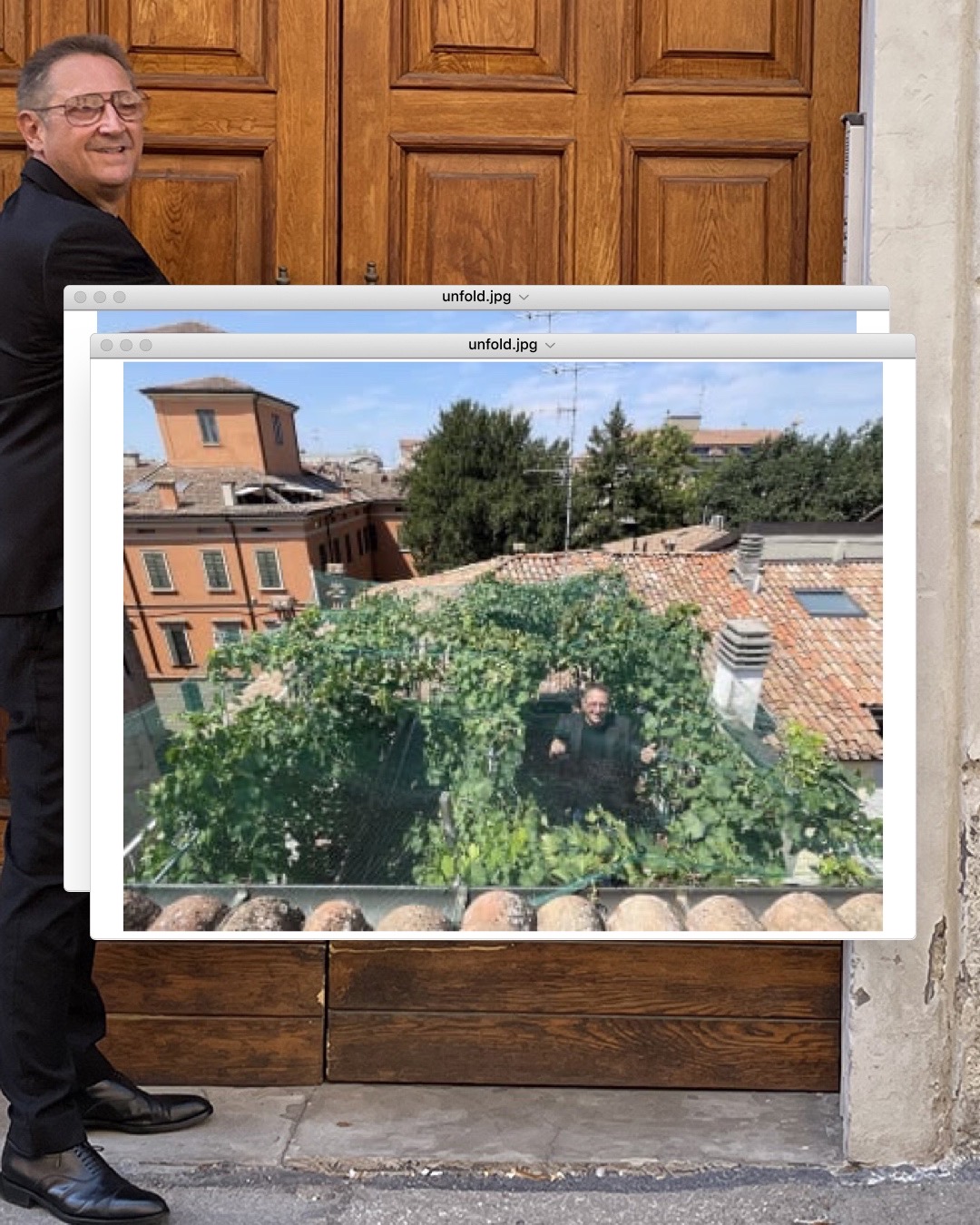
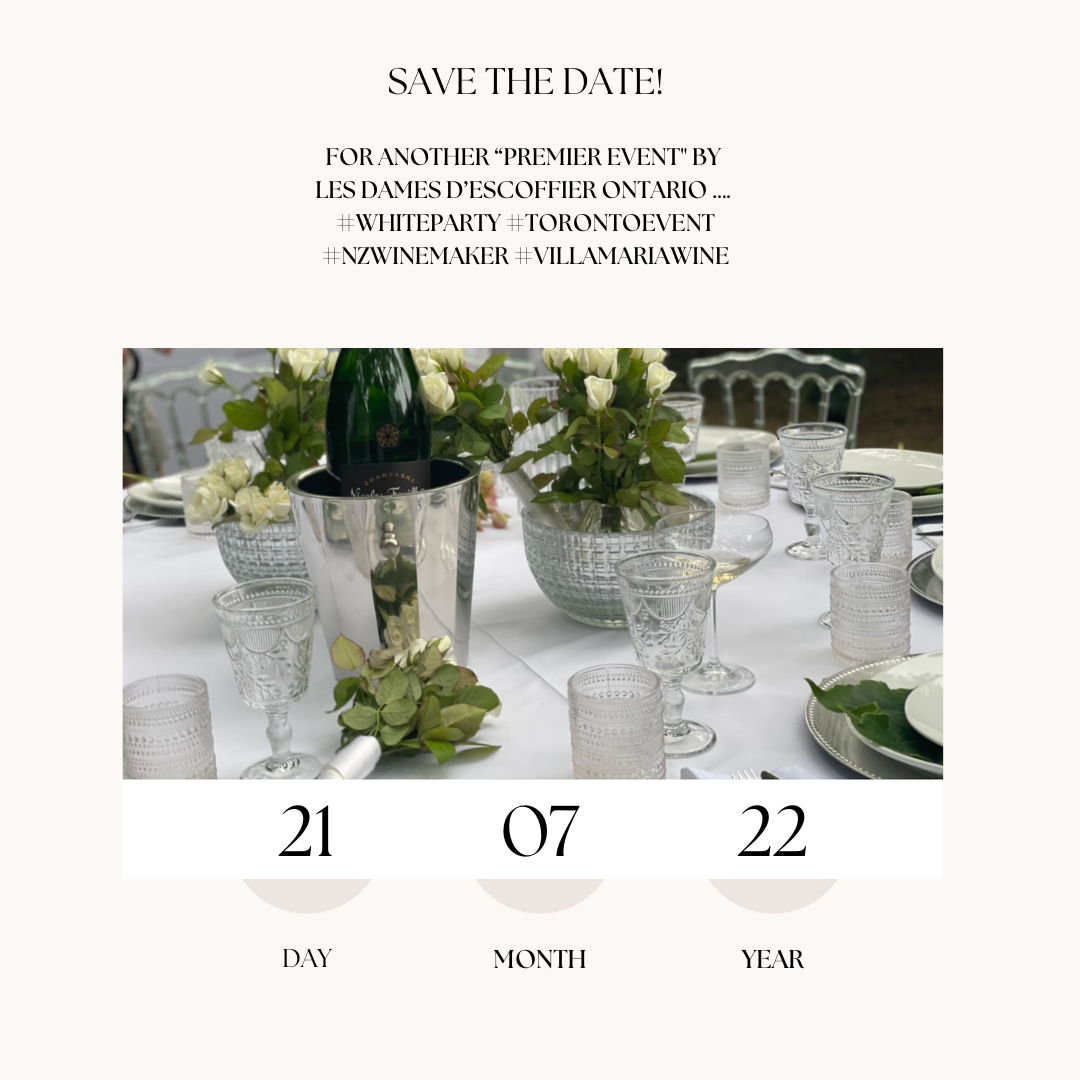

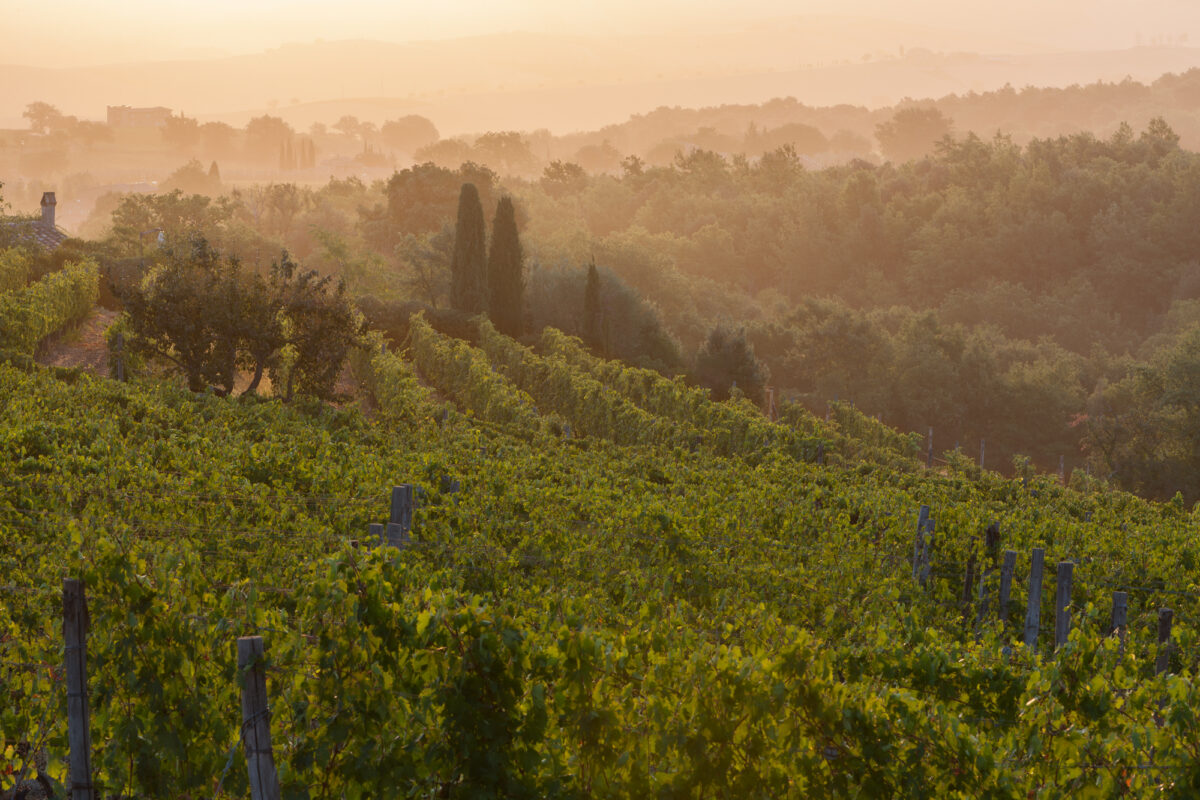
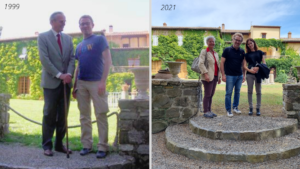 On July 8th I was thrilled to be invited to the estate of the renowned Brunello producer, Biondi Santi. I also had the pleasure to taste their magnificent wines. It has been a great honor for me to be back in the place where the legendary Brunello di Montalcino has been created.
On July 8th I was thrilled to be invited to the estate of the renowned Brunello producer, Biondi Santi. I also had the pleasure to taste their magnificent wines. It has been a great honor for me to be back in the place where the legendary Brunello di Montalcino has been created.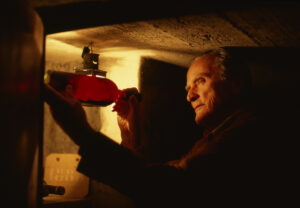
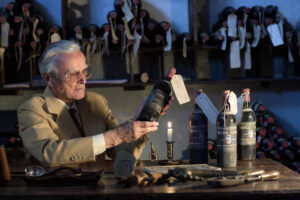 After many years and long tradition in the wine production, the new generations of the family, Jacopo Biondi Santi and his son Tancredi Biondi Santi initiated a major change and evolution for Tenuta Greppo, welcoming a new partner in the leading of the estate to be able to continue the enduring commitment of producing outstanding wines. Today the winery is under the guidance of Christopher Descours, proprietor of the EPI Group, who leads hand in hand with an extremely qualified Italian team. An important strategic alliance driven by the great respect for the bicentenary know-how in the vine growing and by the common goal of reaffirming once again Biondi-Santi among the most special and desired wines in the world. The vision of the new partner was endorsed immediately by Giampiero Bertolini who was appointed as CEO in November 2018 standing at the helm of the historic winery today.
After many years and long tradition in the wine production, the new generations of the family, Jacopo Biondi Santi and his son Tancredi Biondi Santi initiated a major change and evolution for Tenuta Greppo, welcoming a new partner in the leading of the estate to be able to continue the enduring commitment of producing outstanding wines. Today the winery is under the guidance of Christopher Descours, proprietor of the EPI Group, who leads hand in hand with an extremely qualified Italian team. An important strategic alliance driven by the great respect for the bicentenary know-how in the vine growing and by the common goal of reaffirming once again Biondi-Santi among the most special and desired wines in the world. The vision of the new partner was endorsed immediately by Giampiero Bertolini who was appointed as CEO in November 2018 standing at the helm of the historic winery today. 